Detecting phishing scams
In this learning sequence, students work in groups to create and analyse common phishing scams, gaining a deeper understanding of the techniques used by scammers. They then develop rules for artificial intelligence (AI) algorithms to detect these scams, promoting critical thinking about cybersecurity and online safety.
Additional details
| Year band(s) | 7-8 |
|---|---|
| Content type | Lesson ideas |
| Format | Web page |
| Core and overarching concepts | Algorithms, Privacy and security |
| Australian Curriculum Digital Technologies code(s) |
AC9TDI8P13
Explain how multi-factor authentication protects an account when the password is compromised and identify phishing and other cyber security threats
AC9TDI8P05
Design algorithms involving nested control structures and represent them using flowcharts and pseudocode |
| Technologies & Programming Languages | Artificial Intelligence |
| Keywords | Artificial Intelligence, AI, artificial, intelligence, algorithms, problem solving, digital systems, lesson idea, lesson plan, phishing techniques, pseudocode, cyber security, threats |
| Integrated, cross-curriculum, special needs | Digital Literacy |
| Organisation | ESA |
| Copyright | Creative Commons Attribution 4.0, unless otherwise indicated. |
Related resources
-
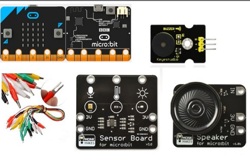
Classroom ideas: Micro:bit Environmental Measurement (visual and general-purpose programming) (Years 5-8)
Investigating environmental data with Micro:bits: This tutorial shows the coding needed for digital solutions of some environmental issues that can be created using pseudocode and visual programming.
-
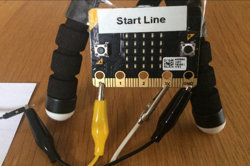
Creating a digital start line and finish line with micro:bits (Years 7-8)
The following activity suggests one-way Digital Technologies could be integrated into a unit where vehicles are being designed and produced.
-

Home automation: General purpose programming
Investigate home automation systems, including those powered by artificial intelligence (AI) with speech recognition capability.
-

eSafety Commissioner: Video and resource library
Online safety resources for secondary schools supported by lesson plans and multimedia resources. Use the filters to find tailored resources suitable for your classroom needs.
-
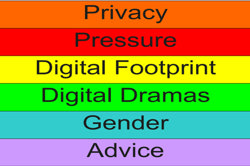
Growing Up Digital
This site provides a multitude of lesson plans aimed to cover a variety of issues that can arise from the use of digital technology, and ways to effectively prevent or overcome them.
-
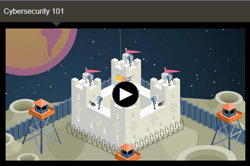
NovaLab: Cyber security
These cyber security short animated videos each have a quick quiz to complete. The videos cover a basic intro into cyber security, hacking and privacy, cyber codes and there is a game too for students to apply their understandings.
-
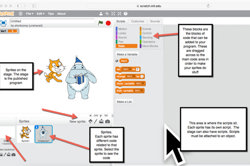
Game design
This sequence of lessons integrates game design using scratch and a Makey Makey programming board.
-

Pencil code program: Lady MacBeth Chat Bot
Use this program to create an interactive chat bot who answers questions as if she is Lady Macbeth.
